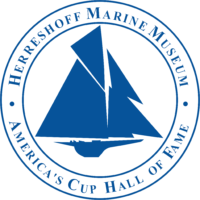January 14, 2021
This Week in Herreshoff History: January 14
A Cup defender makes the calendar, HMCo. gets a new sail loft and stockroom, a death in the family and two substantial contracts under way
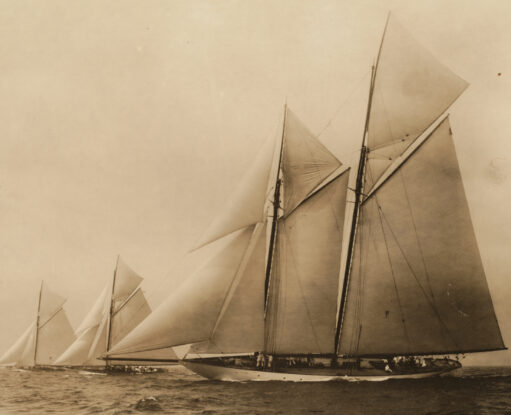
January 17, 1896
Bristolian pride for their association with recent America's Cup success runs strong (and who can blame them!). The Bristol Phoenix reports that the Wardwell Lumber Co. is giving away calendars featuring the HMCo. Cup defender, DEFENDER (HMCo. #452). The Phoenix also points out, not without a little pride, that they were designed and printed by the Phoenix's own printing office. Wardwell Lumber was located on the waterfront in Bristol at the corner of State and Thames Streets. Today this location and the historic buildings still left on the site are occupied by restaurants, cafes and a hotel.
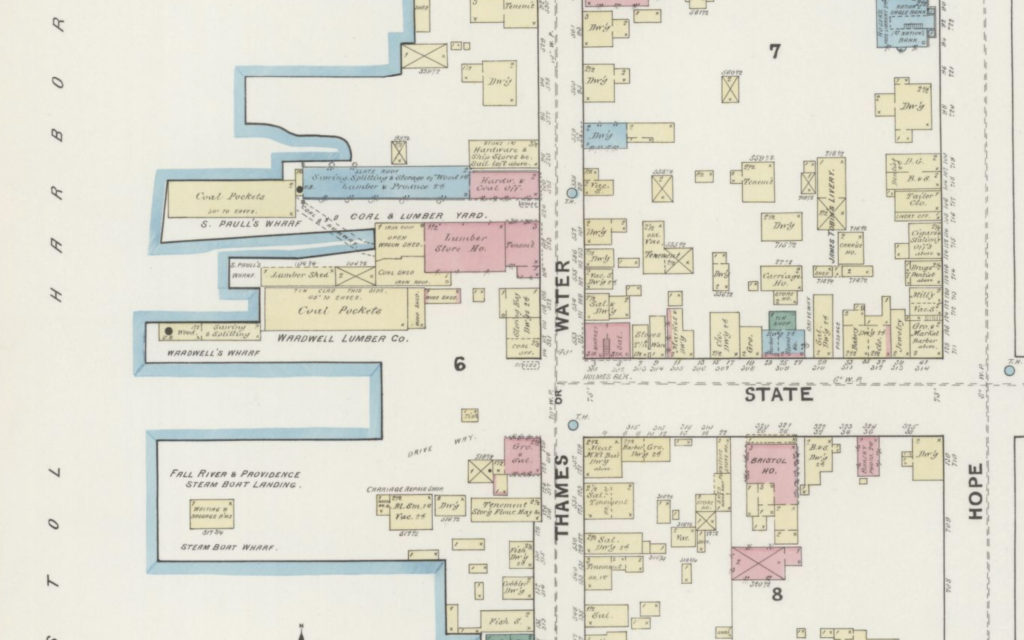
January 17, 1899
The Bristol Phoenix reports that DEFENDER (HMCo. #452) is in town for repairs, and the new two story shop building at HMCo. has been completed. This new building, opposite the offices on Burnside St., would become the HMCo. stockroom on the ground floor and a sail loft on the second floor. J.H. Wall & Co. (purportedly of later NY70 subcontractor fame) were responsible for the building, and the entire job was done in a remarkable five weeks.
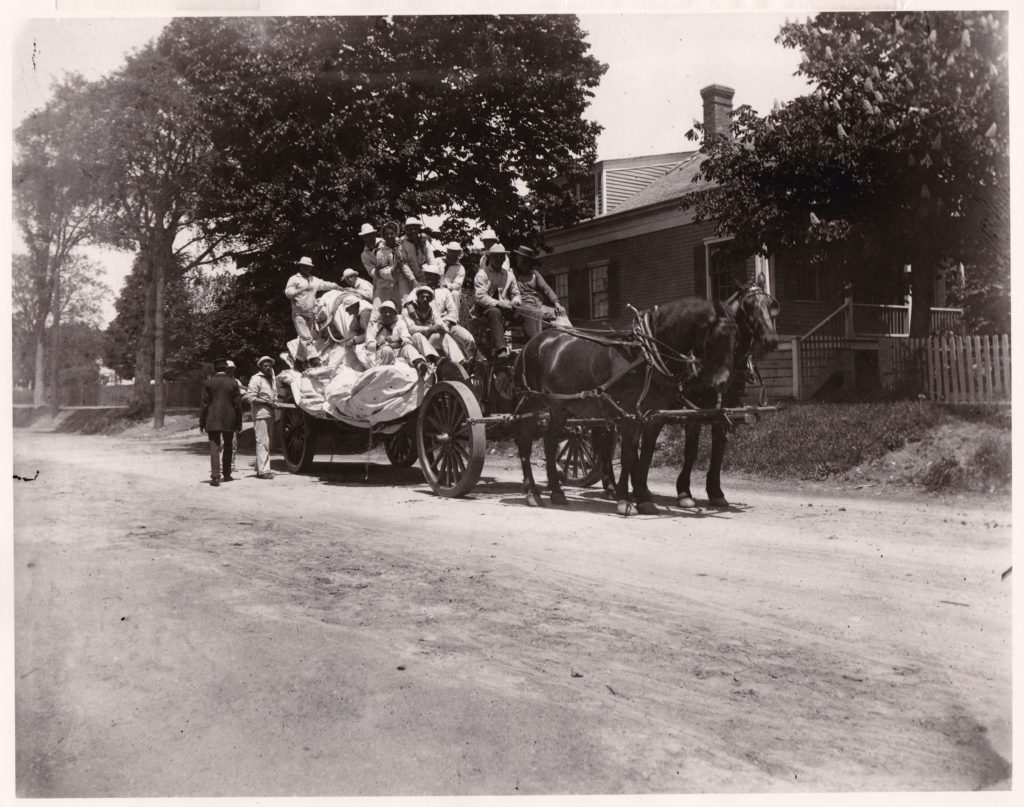
January 16, 1906
Captain Nat's three sons are reportedly helping him "lay down lines" for two racing schooners then in the early stages of construction. According to the Phoenix, "the boys are all under 21 years of age and show an aptitude for the work which clearly demonstrates they are following in the footsteps of their father." A. Sidney Herreshoff, the eldest of Captain Nat's five sons, was at that time 20 years old. (Agnes, the eldest of all and only girl, was two years older than A. Sidney). Clarence, the youngest, would have been 11. Precisely which three of the five boys this might have been is unclear. N.G.H. makes no mention of any helpers in his diaries. L. Francis makes no reference to any of the brothers helping in the shop or design offices that winter in The Wizard of Bristol, though his lengthy description of the building process of one of the two vessels referenced in the article suggests he was nearby and paying close attention. But would have been a very difficult time for the Herreshoff family: this was the winter that N.G.H.'s wife Clara - the boys's mother - had died of cancer at only 52 years old, on November 28, 1905. Perhaps it is not strange to think they would all be spending more time together than usual - or alternatively, that the paper might take note of such family activities, even if they had already been a normal part of their family life.
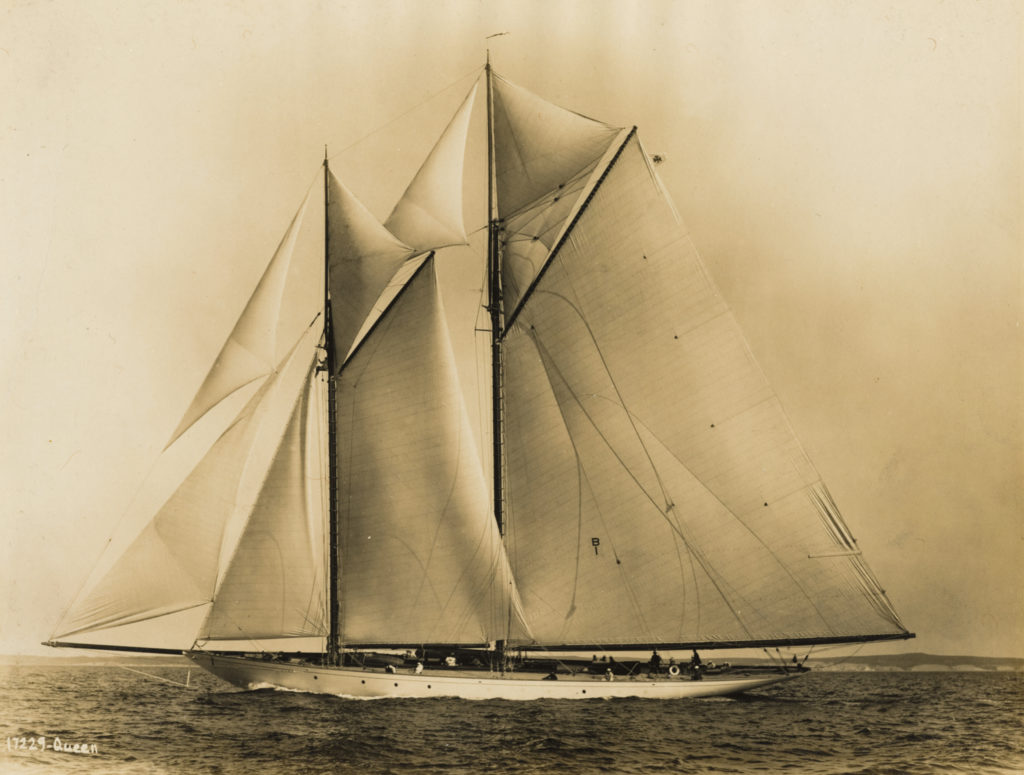
Unlike the brothers, the boats referenced in the article are easily identifiable: the 91'9" LOA IROLITA II (HMCo. #658) for E. Walter Clark, and the 126' LOA QUEEN (HMCo. #657) for John Rogers Maxwell. L. Francis describes QUEEN's construction in particular detail in Wizard of Bristol:
The next yacht of importance that Captain Nat designed was the steel schooner "Queen" built for Mr. J. Rogers Maxwell, which came out in 1906, with dimensions of L.O.A., one hundred and twenty-six feet; L.W.L., ninety-two feet six inches; beam, twenty-four feet; draft, fourteen feet ten inches; and she had a small centerboard. It was a great honor to get an order from Mr. Maxwell for a large yacht for he had previously designed most of his own. Mr. Maxwell was probably our best amateur designer of those times, and thus also our greatest connoisseur of yachts. He was a man of ample means and had owned many yachts, large and small, and raced them with great success. It is interesting that when Mr. Maxwell ordered "Queen" he simply wrote Captain Nat a short note stating that he wanted a schooner for Class B, and that he considered Captain Nat could work her out best without any suggestions, which seems amazing when of late years most owners so confuse the designer with conflicting requirements that the designer has great difficulty in producing even a mediocre yacht.
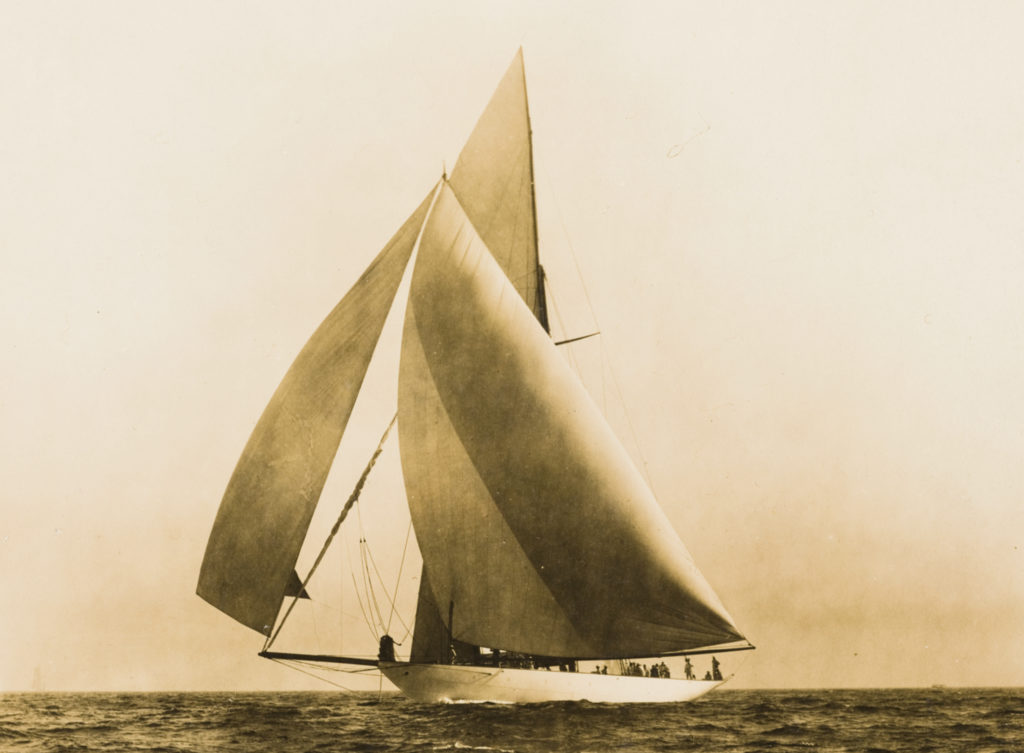
Although Captain Nat was working on "Queen" 's designs when Mrs. Herreshoff died, still "Queen," in my opinion, was about his finest design. She was an able yacht with moderate overhangs, and his first large yacht built under the Universal Rule of measurement. But the workmanship on "Queen" was perhaps her most outstanding feature for those who were qualified to judge the matter have said she was the fairest and smoothest metal yacht ever built.
At that time the Herreshoff Company did not have much heavy metalworking machinery, and so most of "Queen" 's plates were shaped up by pounding them with sledge hammers on an iron slab which is extremely hard and noisy work. At that time there were still some of the crew who had worked on "Reliance," "Constitution," and "Columbia," so that each plate fitted almost perfectly before it was hung. After she was riveted up she was very carefully gone over with dolly irons and metalworking hammers so that at the completion she was nearly as fair as the shell of an egg. After cementing and painting, her underbody and topsides presented a sight that would cause envy to any shipbuilder in the world and was quite in contrast to the welded shell-plating jobs of today.
"Queen" also had metal disks that fitted in each porthole to make her topsides perfectly smooth while racing. Her bronze deck fittings were particularly well finished as at that time there were men skillful at that work which is mostly done by hand. Her spars, most of which were solid, were some of the finest sticks I have ever seen, but "Queen" is particularly remembered for the arrangement of her main topmast staysail which was arranged to be left set when tacking ship. This was accomplished by leaving off the fore topmast backstay and holding the head of the fore topmast aft with a stay between the topmast heads. You will note early in the chapter, in the letter from Captain Barr, that he speaks of the complicated rig the European schooners were using to accomplish the same results. Right after this most American schooners adopted this rig and it has since been called the Queen Staysail Rig.
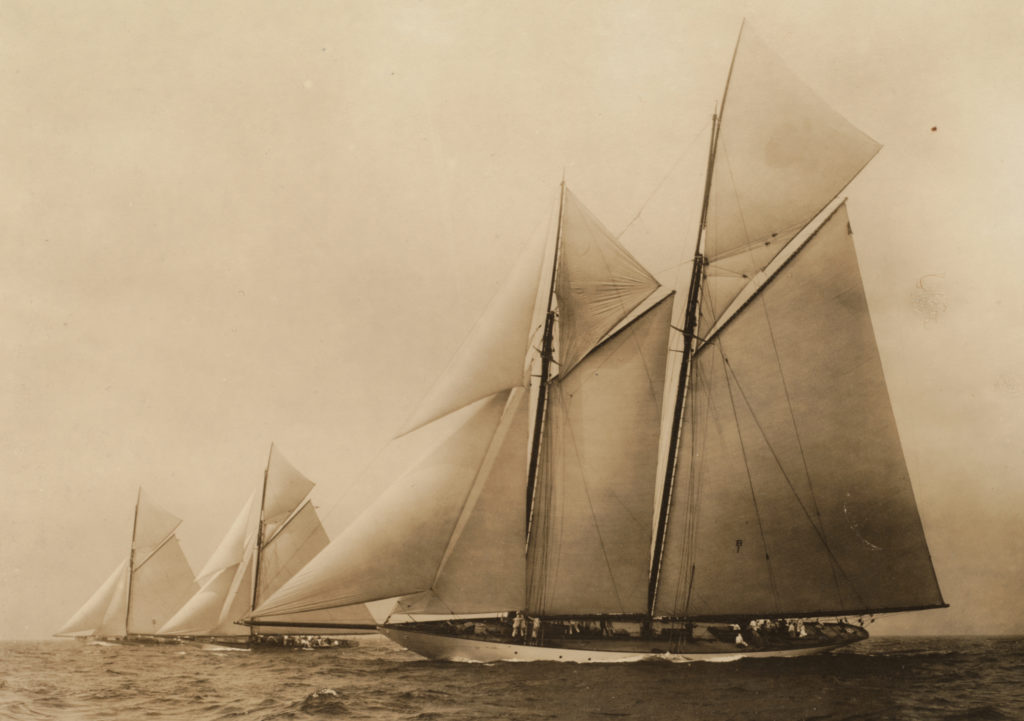
"Queen" had a very good captain and crew and I believe was the best kept large yacht I have ever been on, and I have been on some fine ones including the "Britannia." I raced on "Queen' a couple of times and I shall never forget the sight looking forward along her spotless deck, polished bright work, and handsome spars. And Mr. Maxwell, her owner, was a fine, polished gentleman of the old school. She also had beautiful sails, some made by the Herreshoff Company and some by Ratsey, and while "Westward" and "Elena" were larger yachts, "Queen," to me, will always seem the queen of all sailing yachts both before and after her time. Unfortunately "Queen" had a rather short life: Mr. Maxwell sold her to E. W. Clark, who renamed her "Irolita," but Mr. Clark was not then a hot racing man. The third or fourth "Irolita" (ex Queen) was destroyed in the fire at City Island about 1910 when many other fine yachts met their end.
